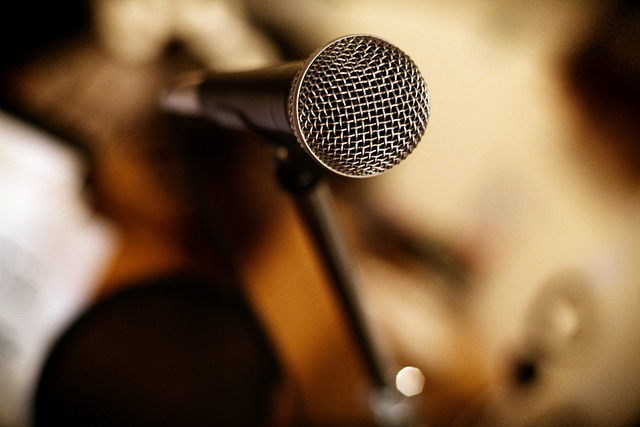Our voices are such a normal part of our daily lives. From singing off-tune in the shower, to yelling at each other across the street, to whispering a secret to a friend, we use our voices in so many different ways. But biologically speaking, have you ever wondered how our voices actually work?
There are many different structures working together to produce sound when you speak. We can categorize these structures into three main groups: the power source, the vibrator, and the resonator.
First, the process of inhaling and exhaling, involving the contraction and relaxation of the diaphragm, results in an airstream flowing in and out of the trachea. This airstream provides the energy for our voices to work and is the ultimate power source for the voice box.
Image Source: Flashpop
The next structure, called the larynx, works to control the vibrations that result in sound waves. The larynx is commonly known as the voice box and is located right above the opening of the trachea or windpipe. You may have heard of the term vocal cord. This is actually a misnomer. The anatomical structure in our throat is more similar to a vocal fold. These vocal folds are made of soft tissue and are also located in the larynx.
As the airstream passes through the trachea, the vocal folds open and close; the folds are open during inhalation and closed when we speak or swallow. When we speak, the closed folds vibrate from the airstream in the trachea, producing sound. The muscles in the larynx control how much the vocal folds are stretched, and the stretching of our vocal folds controls the pitch of our voice much like a stringed instrument, such as a guitar or violin. You can find a video of the vocal cords vibrating normally here.
Finally, our voices are controlled by a group of structures that allow our voices to resonate, or amplify. Like how your beautiful singing voice is amplified in the shower by bouncing off the walls, the buzzing vibrations in the larynx are amplified by your throat, nose, mouth, and sinuses, which allow for the sound to bounce off surfaces to produce your unique voice.
Now, that you know how your voice actually works, use it to its full potential! Though we’ve missed it this year, April 16 is World Voice Day, so be sure to prep your vocal folds well in advance to celebrate!
Feature Image Source: Microphone by lincolnblues










